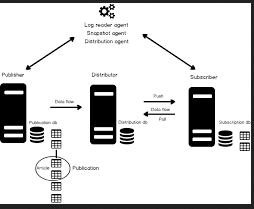Snowflake Database Replication and Failover

In today’s digital business environment, systems have to be available round the clock and even a few minutes of Internet outage can lead to colossal losses. For critical sectors such as healthcare, technology, and finance, it is important to have the infrastructure in place that will ensure quick recovery of data. Often Government and corporate mandates require the availability of speedy recovery procedures as part of compliance processes. Though most businesses have plans in place for continuity and disaster recovery, completely restoring data and systems after a crash can take a long time, resulting in massive setbacks for enterprises. To tide over this issue and meet such challenges, Snowflake has announced Snowflake Database Replication and Snowflake Database Failover. These assure high availability and quick data recovery regardless of which cloud provider the business operates in. Replication to Snowflake offers instant access to data in the event of an outage. Snowflakes D
